This article was originally written for the Hong Kong Free Press by Han Tse on February 15, 2025, and has been edited and re-published as part of a content partnership.
Hong Kong has been stuck in the middle of the US-China trade w@r, with the recent round of tariffs from former US President Donald Trump now making a dent in the city’s exports.
Then, on February 1, Trump signed an executive order imposing an additional 10% tariff on all Chinese and Hong Kong imports on top of the existing tariffs. This time, even low-value packages that were exempted before are covered.
Beijing took revenge by imposing tariffs on large US imports including machinery and energy. The Hong Kong government criticized Washington for ignoring its status as a “separate customs territory” from the rest of China and threatened to complain to the World Trade Organization (WTO). Beijing already complained on February 4.
But WTO complaints may not go far. The organization’s dispute settlement system has been crippled for years as the US has blocked the appointment of judges to its highest arbitration body.
It is not the first time Hong Kong has been in the crosshairs of US-China trade tensions. Here are the key events, Hong Kong’s special customs status, and why a WTO complaint may not have much impact.
A Retrospect of the US-China Trade W@r
The trade w@r started in March 2018 when Trump, during his first term, imposed 25% tariffs on steel and 10% on aluminum on a number of countries, including China. He subsequently imposed a 25% tariff on over 1,300 Chinese goods, accusing Beijing of “intellectual theft” and “unfair” trade practices. Beijing retaliated with tariffs on US goods like pork, soybeans, and cars.
In the following months, the two economic giants exchanged tariffs on hundreds of billions of dollars in trade. There was a brief truce early in 2020 when the US and China signed a deal in which Beijing agreed to buy $200 billion worth of additional US goods. But Washington later accused China of failing to fulfill that commitment.
The tariffs were extended under President Joe Biden, who imposed tighter restrictions on high-tech exports like semiconductors. As the 2024 election drew near, both Biden and Trump doubled down on China trade policies.
Just weeks after returning to office, Trump imposed an additional 10% tariff on China and revoked the “de minimis” exemption for imports valued at less than $800—a move that directly impacts Chinese e-commerce giants Shein and Temu. China retaliated with tariffs on US coal, liquefied natural gas, and other imports.
Hong Kong’s Complicated Role in Global Trade
A onetime British colony, Hong Kong has traditionally served as a global trade center. A member of the WTO since 1995, it is, by its Basic Law, a “separate customs territory” from the rest of mainland China.
Hong Kong enjoyed special trading privileges with the US until 2020. That stopped when Trump revoked its preferential status after Beijing enacted a controversial national security law. Hong Kong exports to the US since then must be labeled “Made in China” and face the same tariffs as mainland goods.
Now, Trump’s latest tariff increases and the revocation of the “de minimis” exemption also apply to Hong Kong. This should have an effect on local businesses, especially those relying on supply chains in mainland China or e-commerce sales to the US.
In 2024, the US was Hong Kong’s third-largest trading partner, with goods trade worth over HKD 500 billion. The new tariffs can only serve to further strain this relationship.
Why a WTO Complaint Might Not Make a Difference
Despite the ire of Hong Kong officials, a WTO complaint might not make much of a difference.
The WTO dispute settlement process typically starts with negotiations between the two sides. If that fails, a panel of trade specialists hears the case. But countries can appeal decisions to the WTO’s Appellate Body—which has been inoperable since 2019 due to the US blocking judge appointments.
Beijing brought Trump’s tariffs to the WTO in 2018, and the body ruled against the US in 2020. But when Washington appealed, the case was stranded along with 31 other unresolved disputes.
The US has for some time been condemning the WTO’s arbitration system, with its resistance to its jurisdiction dating back to the Obama administration. Without an Appellate Body, WTO rulings against the US remain unenforceable.
As a result, Hong Kong’s complaints might not gain traction, and companies will have to absorb the impact of rising tariffs as the trade w@r drags on.
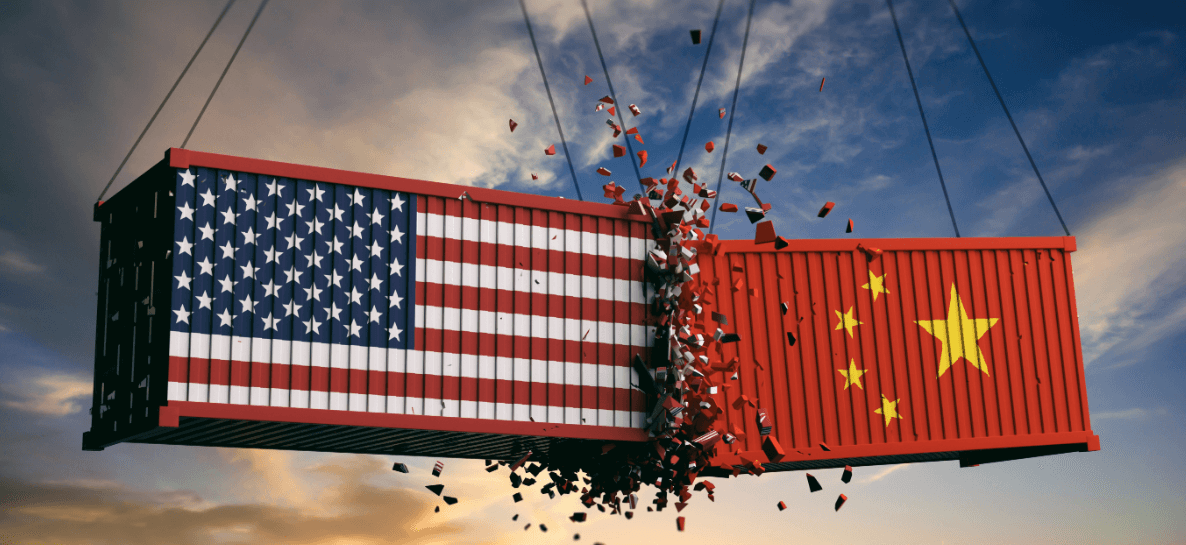
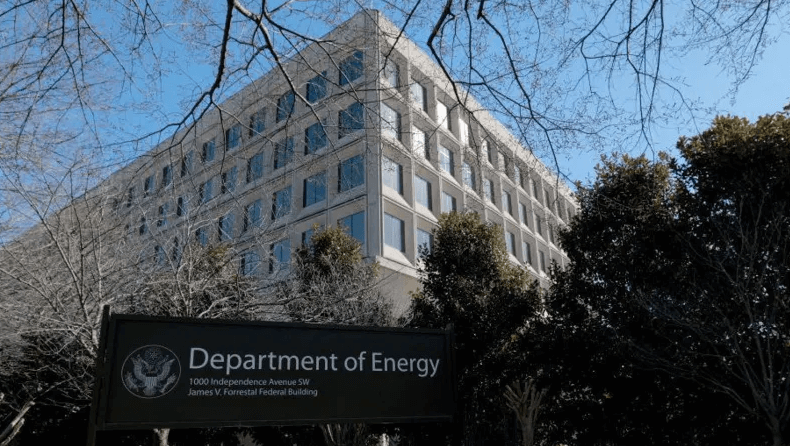
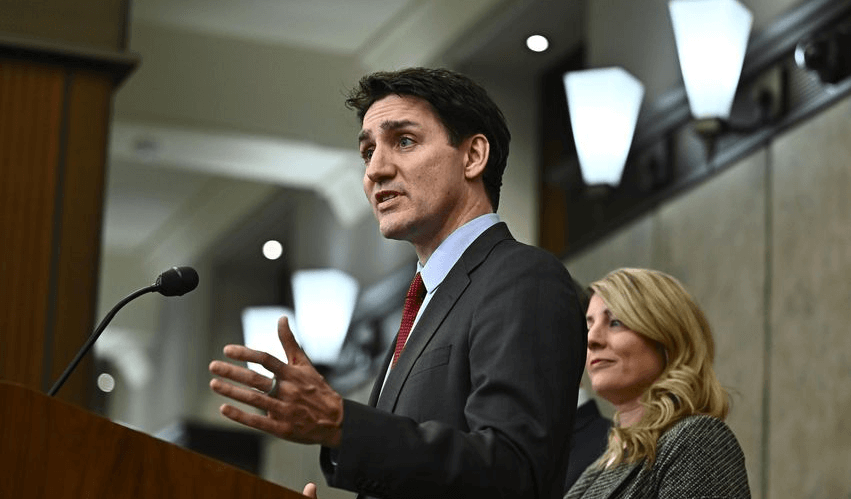
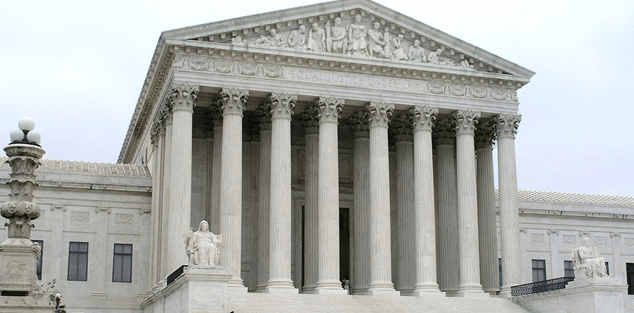
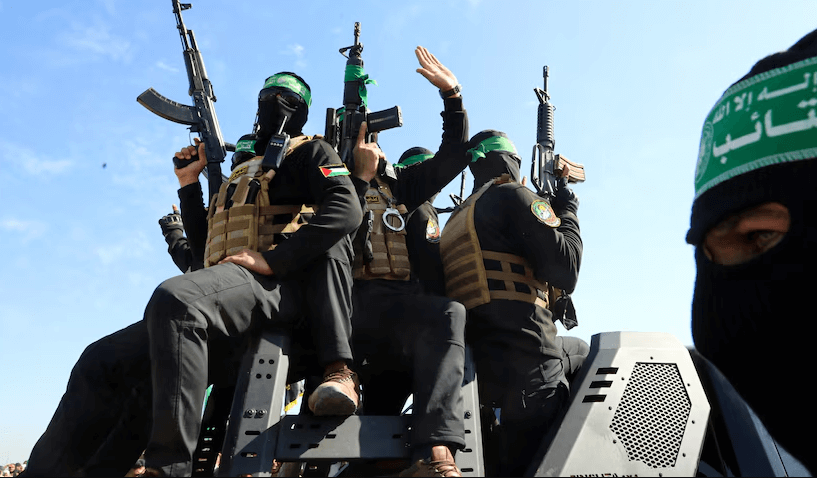
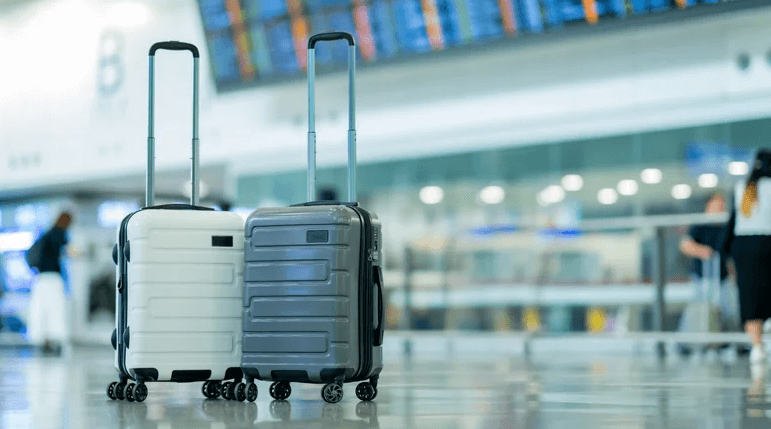
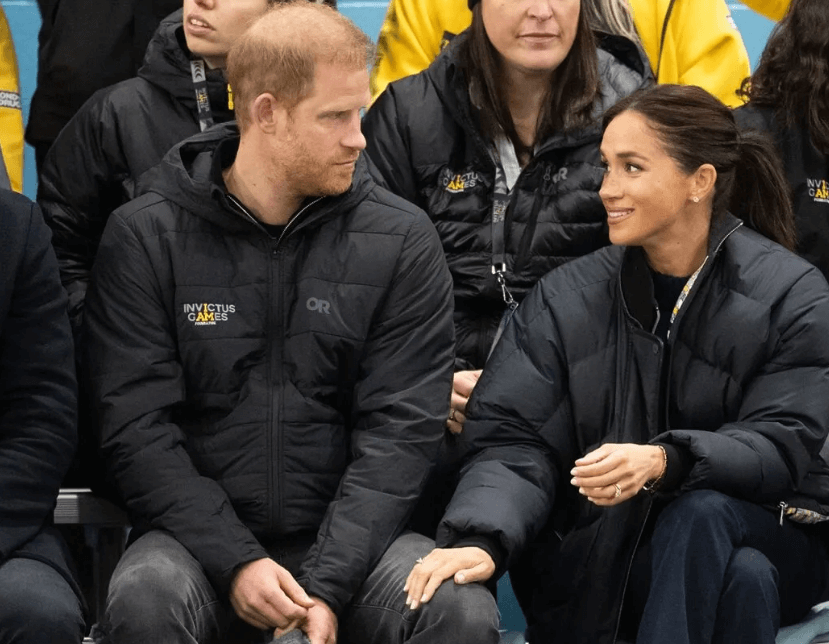
Leave a Reply